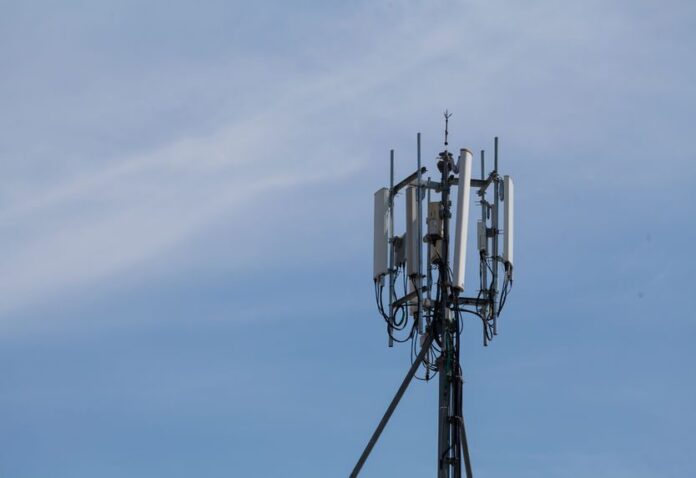The Next-Generation Mobile Networks Alliance has created a standard approach to reporting the specifications for base station antennas, and now companies that supported the development of the standard are trying to get it more widely adopted across the industry.
Kevin Linehan, VP and CTO of antenna systems at CommScope, said the base station antenna standard is meant to provide an apples-to-apples comparison among antennas for radio frequency engineers and mobile operators.
In a white paper Linehan authored earlier this year on the BASTA standard, he summarized the problem this way: “Historically, the wireless industry has suffered from a lack of commonly defined and accepted standards regarding how base station antenna specifications are measured and presented. An antenna’s physical properties, RF performance measurements, and even the meaning of common terms such as ‘gain’ can vary depending on the manufacturer. For the wireless provider, it is difficult to know how a specific antenna will perform within its specific network, let along choose which antenna might provide the best fit.”
The new standard was finished in early 2013 and adopted by the NGMN Alliance; Linehan was the project lead on the work, along with Paolo Gianola of Telecom Italia. At the time the standard was announced, the NGMN Alliance called the standard “the first comprehensive, global set of guidelines and principles focusing on the base station antenna” and said they were supported by major manufacturers and mobile operators. Deutsche Telekom, Huawei, Powerwave, RFS and Kathrein contributed to the standards document.
During a session at last week’s LTE North America conference, Linehan told his audience that in the context of LTE’s sensitivity to noise, having accurate information on antenna performance parameters takes on particular importance. He urged operators to require vendors to put project bids in using BASTA-based measurements to define antenna specifications; “otherwise, you’re just comparing apples to oranges,” he said.
Linehan outlined some of the major trends in antennas in an interview with RCR, and added that it will take support from mobile network operators in their bidding process to get the BASTA standard adopted.
“It’s there. A number of vendors are supporting it now, and to get the whole community behind it we really need the operators, when they put an RFQ out to the street, to ask that all their antennas are specified to the BASTA standard,” Linehan said. “That’s what it’s going to take to get this thing really embedded in the industry.”
Read the full white paper on the development of the BASTA standard here. The BASTA standard itself, and how to calculate based on it, is available here.
Watch an interview with Linehan below on his session at LTE North America, including more on the BASTA standard:

